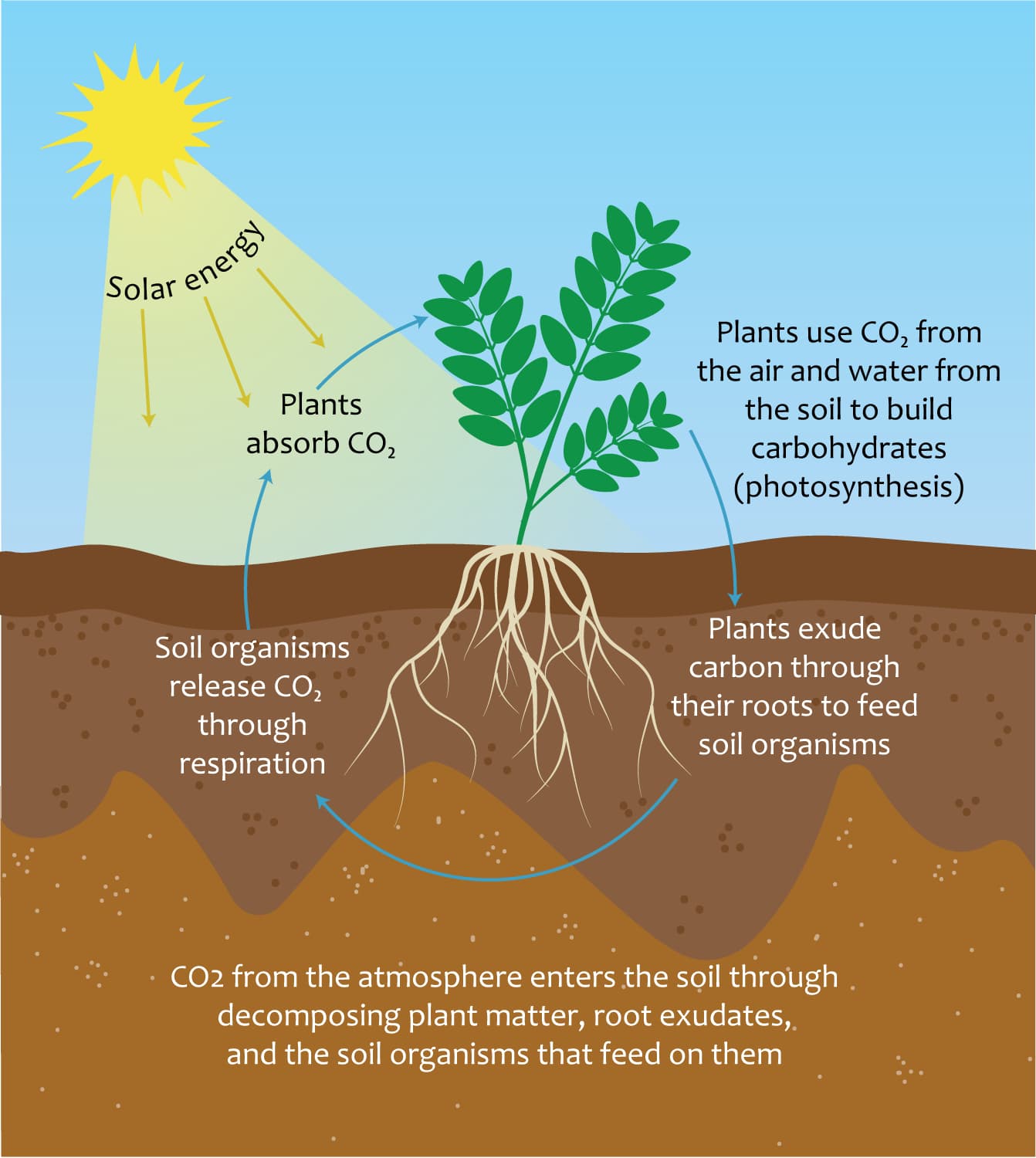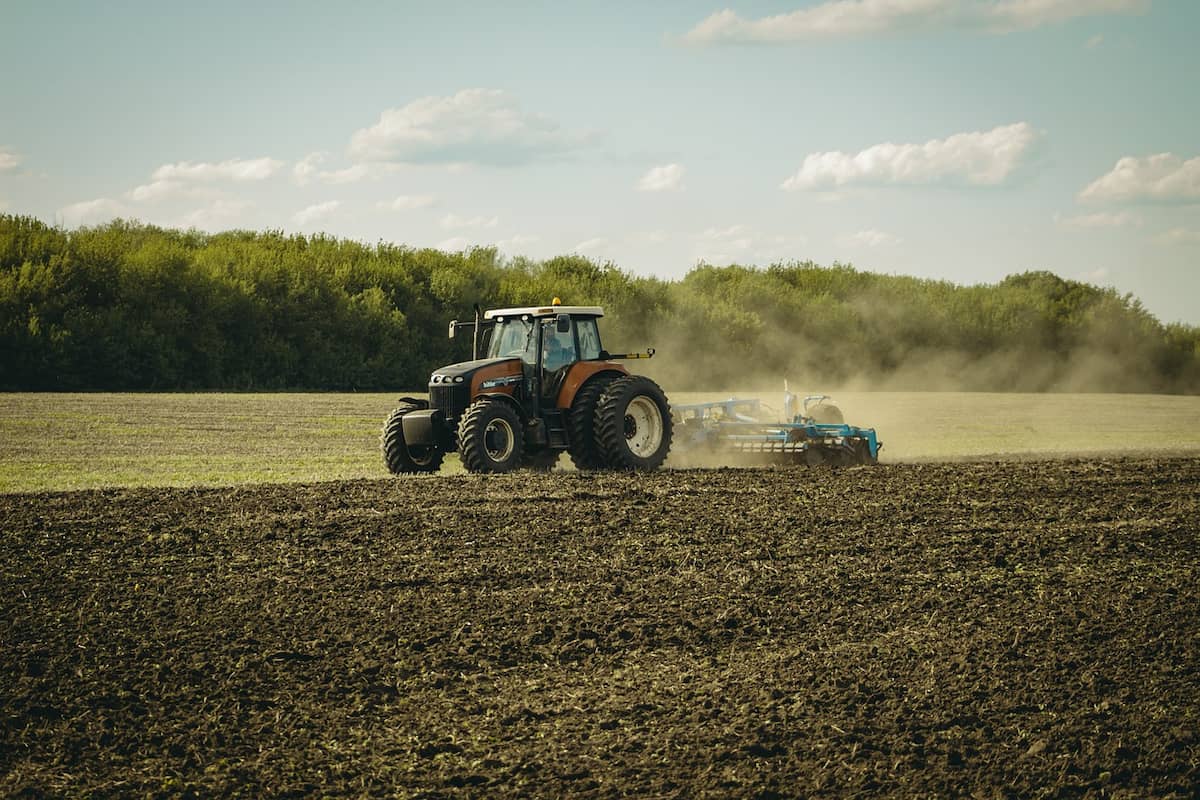Measures to limit the CO2 footprint
From smart fertilizer to regenerative agriculture; we offer a wide range of levers to reduce CO₂ emissions and stimulate carbon storage. At the same time, these measures stimulate the production of high-quality crops. Obviously, we also take action in the areas of energy, packaging and logistics, but to make a significant difference we focus on the part of the process with the greatest impact on sustainability: growing our wheat.
Step by step, we implement the sustainable transformation in practice, building momentum for the growth of low-carbon wheat.
To limit its CO2 footprint, Dossche Mills takes an approach based on important principles. You can measure emissions and thus develop measures to reduce these emissions. Or you can capture CO2 in the soil through regenerative agricultural practices. This is called sequestration or carbon fixation. Or a combination of both is also possible: a mixture of emission and sequestration measures.
The farmer's choice
Dossche Mills leaves the choice to the farmers, depending on where they are located. Either they focus on sequestration, or they commit themselves to reducing CO2 emissions. Dossche Mills distinguishes itself from other companies by purchasing wheat from producers who apply these CO2-reducing measures.
Green fertilisers
The choice of fertilisers also plays a role. The greatest impact on CO2 comes from fertilisers. Fertiliser is made from natural gas. Losses occur with both artificial fertiliser and organic manure (from stables), and part of the nitrogen is converted into nitrogen dioxide, which is also a greenhouse gas. Green fertiliser is made from green hydrogen.
Adding inhibitors to the green fertiliser can ensure that fewer nitrogenous gases – which are also greenhouse gases – are emitted during agriculture. At the same time, these inhibitors ensure that fewer nitrates end up in the groundwater.
Biodiesel
You can measure the emissions and thus reduce them, but you can also better capture them in the soil. To limit emissions, farmers can, for example, use agricultural vehicles that run on biodiesel and whose ecological footprint is much lower than diesel models.

Sequestration of CO2
With sequestration, CO2 is captured in the soil by keeping the soil covered with a crop as much as possible. The soil, which therefore contains more carbon, has a better structure and becomes more robust. This offers more resistance to diseases and pests. Plants can also root deeper.
Carbon ensures that the soil can retain more water and that there can be better infiltration during precipitation. These are valuable advantages in periods of extreme drought or excessive precipitation. Sequestration certainly has a positive impact on biodiversity, but unfortunately there are no official reference frameworks or certificates yet. At Dossche Mills, we're putting our shoulders to the wheel.
Wheat works together with other crops
Today, it's usually still the standard practice that, when the wheat is harvested in July/August, the land is left fallow until autumn. But there are several options. Farmers can opt for a "cover crop" or "catch crop", which is sown after the wheat has been harvested.
Or they can opt for undersowing, in which case sowing takes place when the wheat is still in the field. With covercropping, there is a risk of weeds, and with undersowing there is a potential impact on wheat yield.
A third option is legume crops, which include soy, peas and clover, if these are sown before the wheat. They take nitrogen from the air and fix it directly as fertiliser for the wheat plant..
Less ploughing
Avoiding ploughing also pays dividends. Non-inversion tillage has a beneficial effect on soil characteristics and the environment as well as on economic aspects. There is an accumulation of organic material in the soil top layer and life in the soil improves. This way the soil supplies more of its own nutrients. It also improves water infiltration. Reducing ploughing generally contributes to improving soil structure and reduces the risk of erosion. One economic advantage of this is that fewer heavy machines can be used, with no decrease in yield – on the contrary.

Dossche Mills presented the Terah Footprint Program at the Footprint Summit
At the Footprint Summit, on June 20th 2024 in Rotterdam, we happily shared our insights and ambitions. Visitors met the people that are transforming the business, from producers to professors. We talked about the challenges we are facing and the changes we are already making. From varied measures to verified impact, we shared testimonials, presentations and videos that explain our ambitions plans.